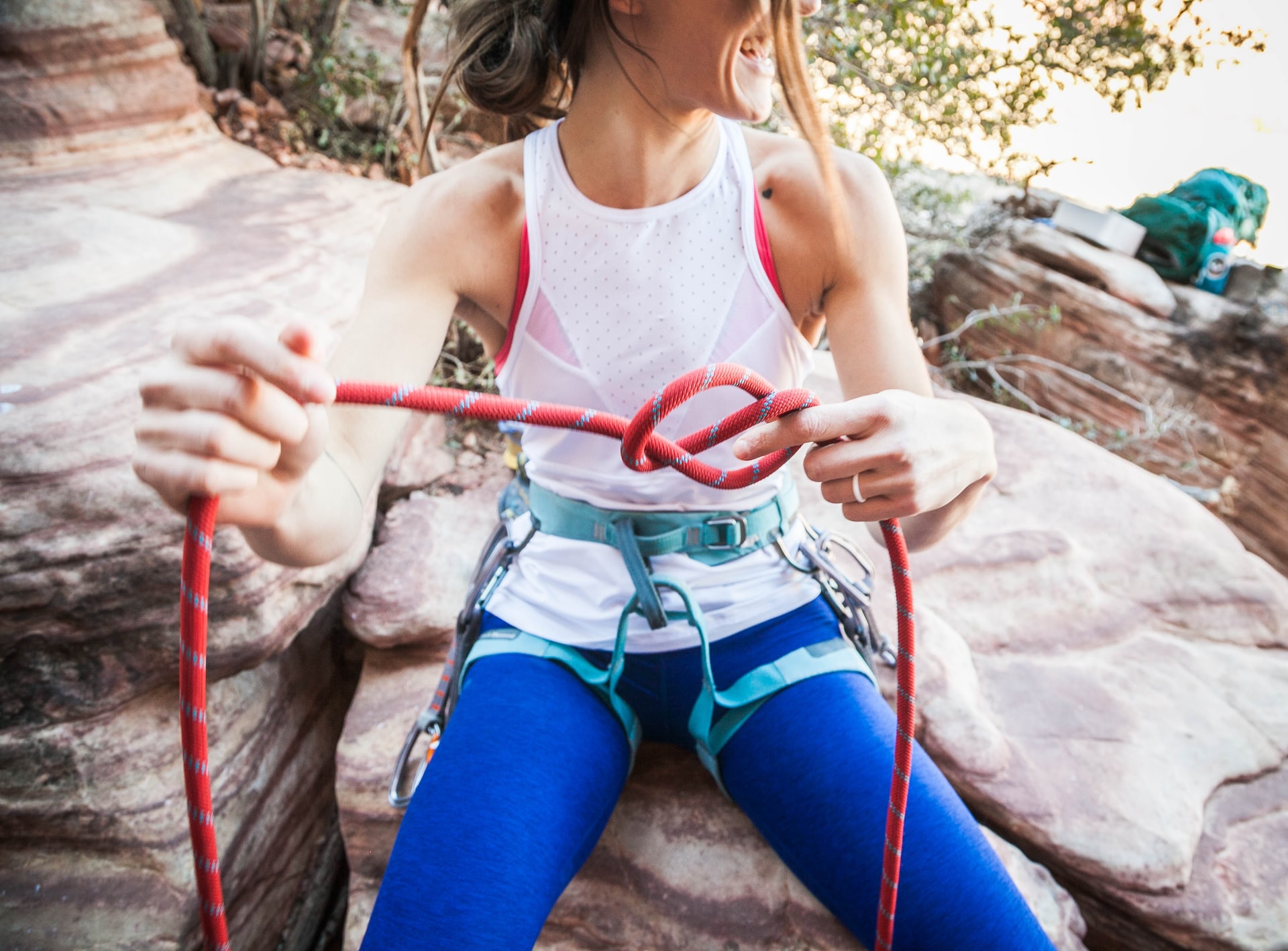There are plenty of different types of rope out there. However, when it comes to survival situations, tree climbing, and outdoor use, two popular types emerge as the most popular options out there, which are the bull rope and the rigging rope.
Throughout the year, there has been a strong debate regarding these two types of rope and whether one of them is more practical and suitable than the other in some situations.
If you want to know more about these ropes, we’ve compiled a brief head-to-head comparison between bull rope vs rigging rope, so you can pick the one that works best for you. So without further ado, let’s dive right in!
What Is a Bull Rope?
The bull rope is one of the most popular types of ropes out there. This rope is one of the most essential tools for bull riding, hence the name.
The rope is usually made of solid synthetic fibers or wires, especially nylon because of how durable it is. Nylon usually makes up the majority of the inner core of the rope, as both the inner and middle cords of the rope are made of it.
The outer layer is usually made from polyester cords to give it more flexibility and is usually double-coated with a layer of braided composite rope.
Bull ropes are considered static ropes, which means they have a very little stretch of less than 5% of their original length when it’s pulled. This makes them ideal for tons of applications, including climbing and pulling out trees, which are called “arborist bull ropes” in that case.
What is a Rigging Rope?
A rigging rope is quite a popular rope that is used for a wide range of purposes, including climbing.
Similar to a bull rope, rigging ropes are also made of synthetic fabrics. However, they’re made of different blends that usually have a higher percentage of polyester of various rigidness levels, but they can also include other materials, such as nylon, polypropylene, and more.
Due to their construction, rigging ropes are considered dynamic ropes. This means that they have enough stretch to absorb shocks from the external force as well as falling.
A Brief Comparison Between Bull Ropes and Rigging Ropes
We’ve already discussed the internal construction of both ropes, which is one of the major differences between the two.
In this section, we’ll make a brief comparison between the two types of rope depending on their features, so you can figure out which rope is better for your needs:
Durability and Knot Strength
Based on the materials used in both ropes, it’s easy to figure out that both ropes are extremely durable. But as a rule of thumb, the higher the nylon content in the rope, the more rugged it’s going to be.
Yet, since rigging ropes are better at absorbing intense tension and pressure, they can take a beating a little better than bull rope.
Stretch
Of course, rigging ropes are designed to offer a much better stretch than bull ropes. This makes them ideal for climbing and pulling lightweight items that don’t exert much counter force.
On the other hand, bull ropes would be a great tool here to withstand the pressure of heavy counterforces while staying steady.
Versatility
Both bull and rigging ropes are excellent for versatility. Yet, rigging rope has a slight edge when it comes to climbing, especially for long distances where handling the tension is necessary for safety and keeping steady.
As for bull ropes, the arborist types are excellent for climbing trees because you don’t climb a very high distance, so you might as well benefit from the rope’s steadiness and durability rather than stretch.
Which Rope is Better for Exercising and Gym Use?
The kind of activity you do in the gym is the main indicator of the better rope for you. For example, if you battle ropes in the gym, you need a solid heavy rope to make a true challenge, which makes bull ropes a better fit.
On the other hand, many other sports activities will depend greatly on the flexibility and the stretch of the rope you’re using. In that case, using a rigging rope with an ample level of stretch would be a much better option.
Which Rope is Better for Tents and Outdoor Activities?
When it comes to recreations and making rope tents and bridges, rigging ropes are usually more suitable for the job.
However, for activities that involve pulling on heavy items like playing tug of war, it’s best to use a bull rope.
How to Prepare a Rope for Climbing a Tree
Whether you’re using a rigging or a bull rope to climb a tree, the process is surprisingly simple. All you have to do is make sure that there’s a safe anchoring spot on the tree, and do a 1/2 inches knot in the shape of figure “8” to tie your rope with the tree at the spot where you’re going to anchor.
Once you’re done, throw the rope over a high durable branch and connect it back to the figure “8” you’ve prepared to tie yourself in with the rope. Make sure that you test the ropes’ stability and ability to hold up before climbing.
Wrap Up
With that said, today’s guide that compares bull rope vs rigging rope comes to an end. As you can see, both types of ropes are excellent in what they do and the choice between them should always be based on the type of activities you’re going to use the rope in.
Ideally, if you’re looking for an “everyday use” rope that can work well in a wide range of backyard purposes, rigging ropes might be a better fit for you because their ample stretch is great for climbing safely.
However, if you’re mainly using the rope as a “work rope” where you want a rigid and reliable rope for pulling and safe climbing you might want to consider a bull rope.

